Retro Replay Review
Gameplay
Pathologic’s gameplay is a tense blend of survival horror, adventure, and light RPG mechanics, all presented from a relentless first-person perspective. You spend much of your time exploring a tightly wound town, conversing with its strange inhabitants and navigating narrow streets that shift depending on the hour of day. Time is your most valuable resource: the in-game clock ticks away constantly, and NPCs move through their own schedules, which means that every decision—be it stopping to help a stranger or securing a vital ingredient—comes at the cost of precious minutes.
(HEY YOU!! We hope you enjoy! We try not to run ads. So basically, this is a very expensive hobby running this site. Please consider joining us for updates, forums, and more. Network w/ us to make some cash or friends while retro gaming, and you can win some free retro games for posting. Okay, carry on 👍)
Survival elements run deep. Hunger, fatigue, and infection bars constantly remind you that you are as vulnerable as the plague-stricken citizens you aim to save. Finding food, clean water, and rest not only restores health but also delays the creeping doom of disease. To cope with infection, you must gather herbs, buy or trade for medicines, and ration what little you have. This scarcity underscores the game’s desperate tone: more often than not, you’ll be forced to choose between your own survival and helping someone in dire need.
Combat is deliberately clumsy and scarce. While you can wield knives, axes, and a handful of firearms, Pathologic emphasizes vulnerability over empowerment. Ammunition is limited, weapons degrade quickly, and enemies hit hard. As a result, stealth and avoidance often prove more effective than brute force. Encounters are rare but tense affairs—each fight can leave you wounded, amplify your infection, or drain your precious supplies.
The quest structure is non-linear and divided across three protagonists: The Bachelor, The Haruspex, and The Devotress. Each brings unique abilities and missions, offering fresh angles on the same plague-ridden town. The Bachelor uses diplomacy and bureaucracy to uncover bureaucratic intrigue, the Haruspex relies on instinct and knowledge of bodies to track the disease, and the Devotress channels supernatural insight—though she is only accessible after completing one of the other storylines. These branching narratives encourage multiple playthroughs to piece together the town’s full story.
Trading and economy form another core pillar. Prices in shops fluctuate wildly based on supply and demand, and bartering with NPCs can yield unexpected rewards. You might trade church beads for a handful of vital ammunition or swap old clothing for fresh bandages. This makes every item in your inventory feel significant and adds an extra layer of strategy when choosing what to carry or discard.
Graphics
Pathologic’s visual style is dominated by a grim, painterly aesthetic that captures the bleakness of a town under siege. Buildings lean at awkward angles, walls bear stains of decay, and the sky constantly shifts between mustard-yellow haze and ominous gray clouds. This distorted aesthetic enhances the feeling of unease, making every corner feel oppressive and every alley unnerving.
Character models and animations are intentionally rough around the edges, reinforcing the game’s unsettling atmosphere. NPCs move with jerky gait cycles and their faces often lack fine detail, which only amplifies the sense of otherworldliness. As you interact with townsfolk—beggars, merchants, plague victims—their performances, while at times stylized, deliver an emotional weight that draws you deeper into the narrative.
Lighting and particle effects play a crucial role in mood setting. Flickering lanterns cast long shadows at night, and drifting snow or ash particles create a sense of perpetual gloom. The day-night cycle drastically alters visibility: daytime brings a harsh, washed-out glare, while nighttime forces you to rely almost entirely on candlelight, making exploration both beautiful and threatening.
On a technical front, Pathologic’s engine shows its age in texture resolutions and occasional framerate dips, especially in densely populated areas. However, these limitations feel almost purposeful, mirroring the game’s theme of scarcity and breakdown. Occasional visual quirks—an NPC phasing through a wall or a momentary pop-in of distant terrain—rarely detract from the overall immersion.
Environmental storytelling abounds. Clusters of abandoned carts, blood-spattered walls, and hastily scrawled notices all hint at personal tragedies and societal collapse. Such details transform the town into a character itself, inviting players to piece together histories from fragments of dialogue and scattered notes.
Story
At its core, Pathologic is a tale of desperation, sacrifice, and the moral ambiguity of survival. The central mystery revolves around a virulent plague that has reached the isolated town, and it’s up to you to contain—or at least understand—it before the entire population perishes. This urgent premise is amplified by a strict twelve-day time limit, after which the city’s fate is sealed regardless of your actions.
The narrative unfolds through three distinct but intertwined perspectives. The Bachelor arrives as a government official tasked with preserving order, only to find that bureaucratic red tape is as deadly as the pestilence. The Haruspex, an undertaker’s son guided by strange omens, pursues a more primal path, dissecting the bodies of the infected for clues. Lastly, The Devotress offers a mystical point of view, wielding arcane healing powers but confronting the supernatural undercurrents fueling the outbreak. Each storyline sheds new light on the town’s secrets, encouraging players to piece together a larger puzzle.
Dialogue and character interactions are at times cryptic, demanding careful attention to detail. Many side characters harbor their own motivations—some mercenary, others altruistic—forcing you to weigh short-term gains against long-term consequences. Moral dilemmas abound: Do you hoard scarce medicine for your own use or distribute it to those in desperate need? Will you side with local power brokers or the city’s spiritual factions? These choices rarely offer clear-cut “good” or “bad” outcomes, reinforcing the game’s bleak tone.
The pacing is unforgiving. Major story events occur according to a real-time schedule, and missing a critical conversation can close off entire quest lines. While this design can feel punishing—especially on a first playthrough—it drives home the relentless pressure of impending disaster. To fully unravel the plot, you must embrace failure, replay chapters, and reassess your priorities each time you dive back in.
Overall, Pathologic’s story is not for the faint of heart. It demands patience, curiosity, and a willingness to confront moral ambiguity. For those who invest in its complex narrative web, the payoff is a haunting, unforgettable journey into the darkest corners of human nature.
Overall Experience
Pathologic delivers an experience that is as harrowing as it is unique. Its unforgiving gameplay loop of hunger, infection, and dwindling time creates a constant sense of urgency that few games manage to sustain. While the steep learning curve and frequent resource scarcity can frustrate, they also foster a rare sense of achievement when you overcome each obstacle.
The game’s atmosphere is its greatest strength. A combination of distorted visuals, evocative sound design, and time-sensitive events weaves a world that feels alive—but on the brink of collapse. Every decision carries weight, and the lack of clear guidance forces you to trust your instincts and interpret clues from a living tapestry of desperate townsfolk.
Replaying the game from different protagonists’ perspectives is practically essential to understand the full scope of the narrative. Each character’s journey casts new light on familiar locations and personalities, revealing hidden motivations and altering your perception of past events. This layered storytelling approach adds immense replay value, though it can feel daunting given the game’s complexity.
In terms of accessibility, Pathologic does not hold your hand. There are few if any in-game tutorials, and many mechanics—like bartering nuances or infection management—must be learned through trial and error. This design choice reinforces immersion but may alienate players accustomed to more forgiving modern experiences. Patience and a willingness to engage with community guides can greatly enhance your journey.
For players seeking an atmospheric, thought-provoking challenge that defies conventional genres, Pathologic is a rare gem. Its blend of survival mechanics, branching narratives, and moral ambiguity creates a haunting atmosphere that lingers long after you’ve seen the end credits. Although it demands perseverance and resilience, those who embrace its unforgiving world will discover a deeply rewarding and unforgettable adventure.
 Retro Replay Retro Replay gaming reviews, news, emulation, geek stuff and more!
Retro Replay Retro Replay gaming reviews, news, emulation, geek stuff and more!
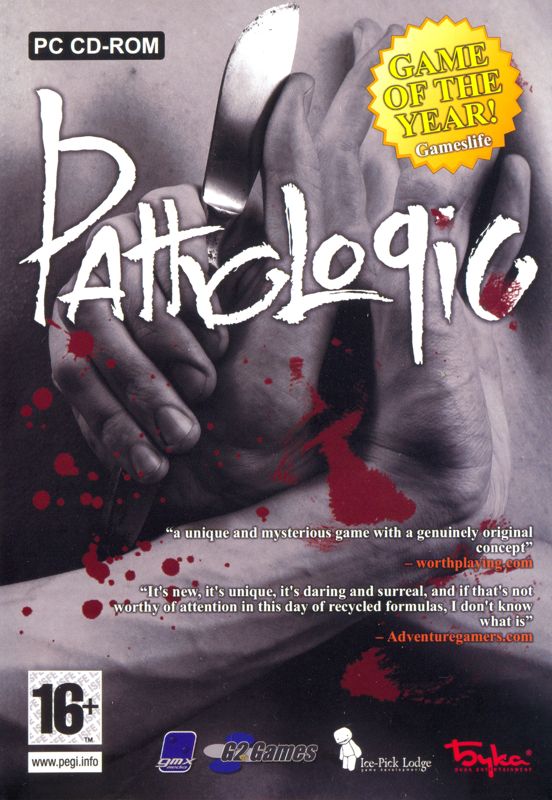
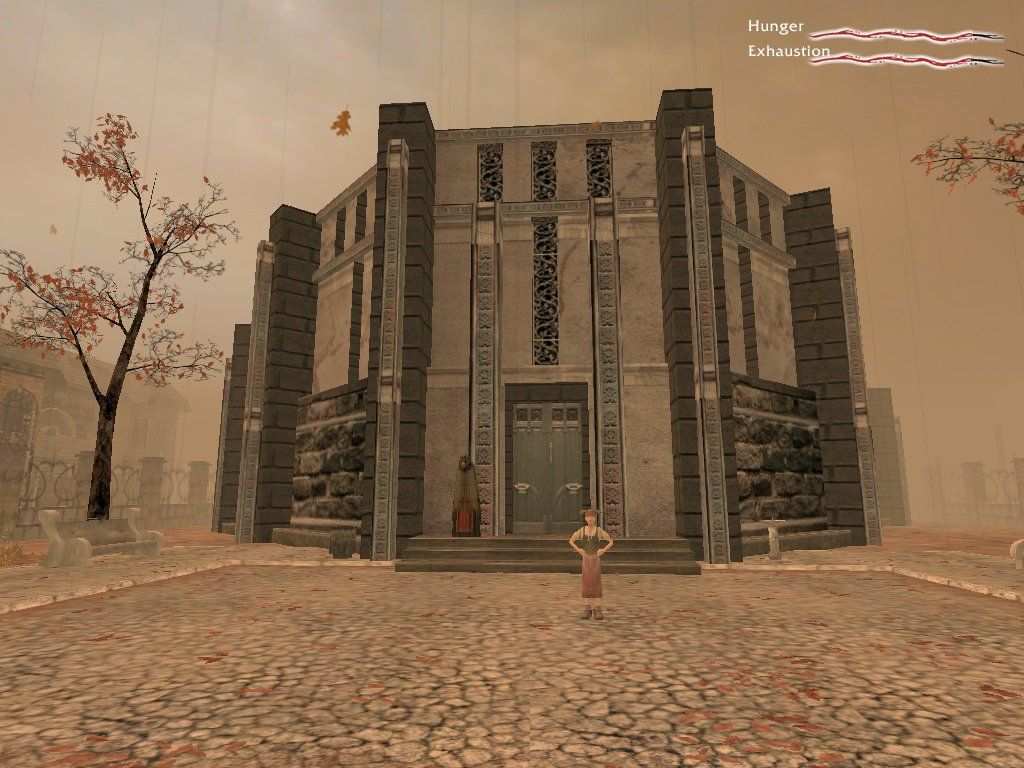
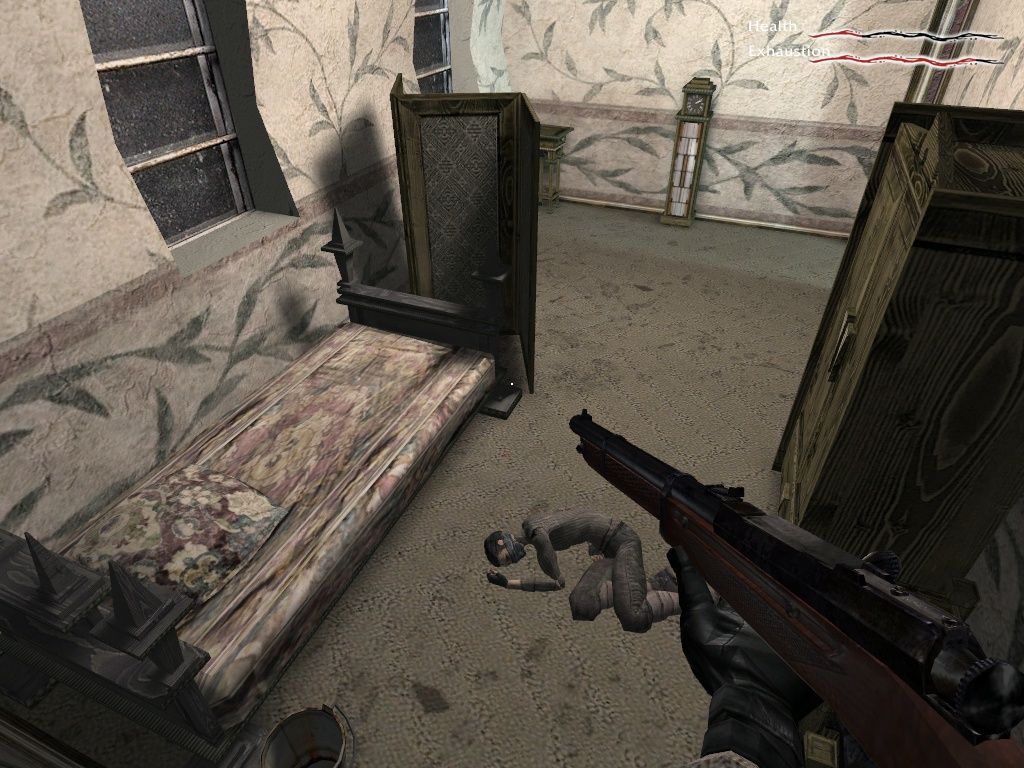
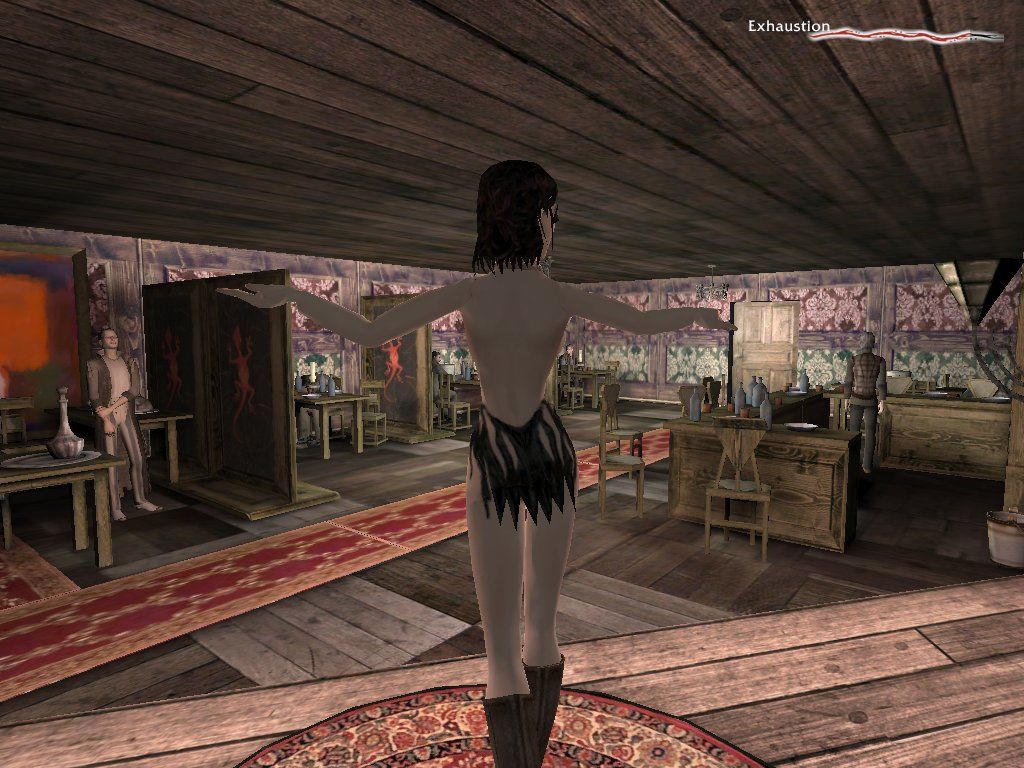

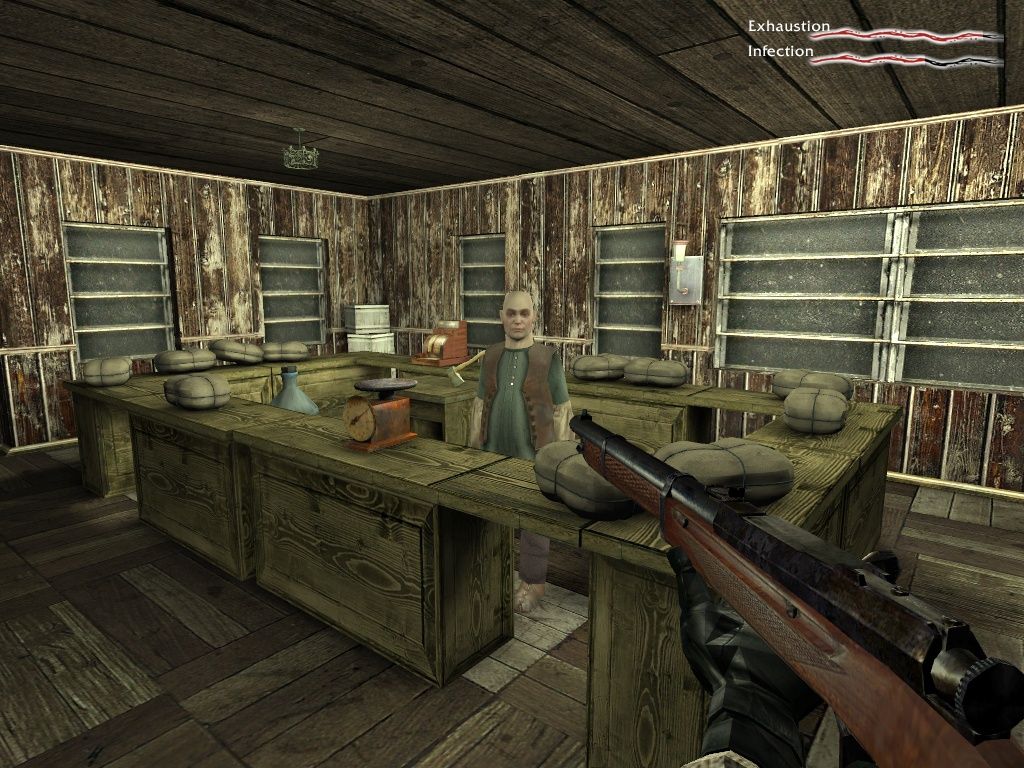



Reviews
There are no reviews yet.